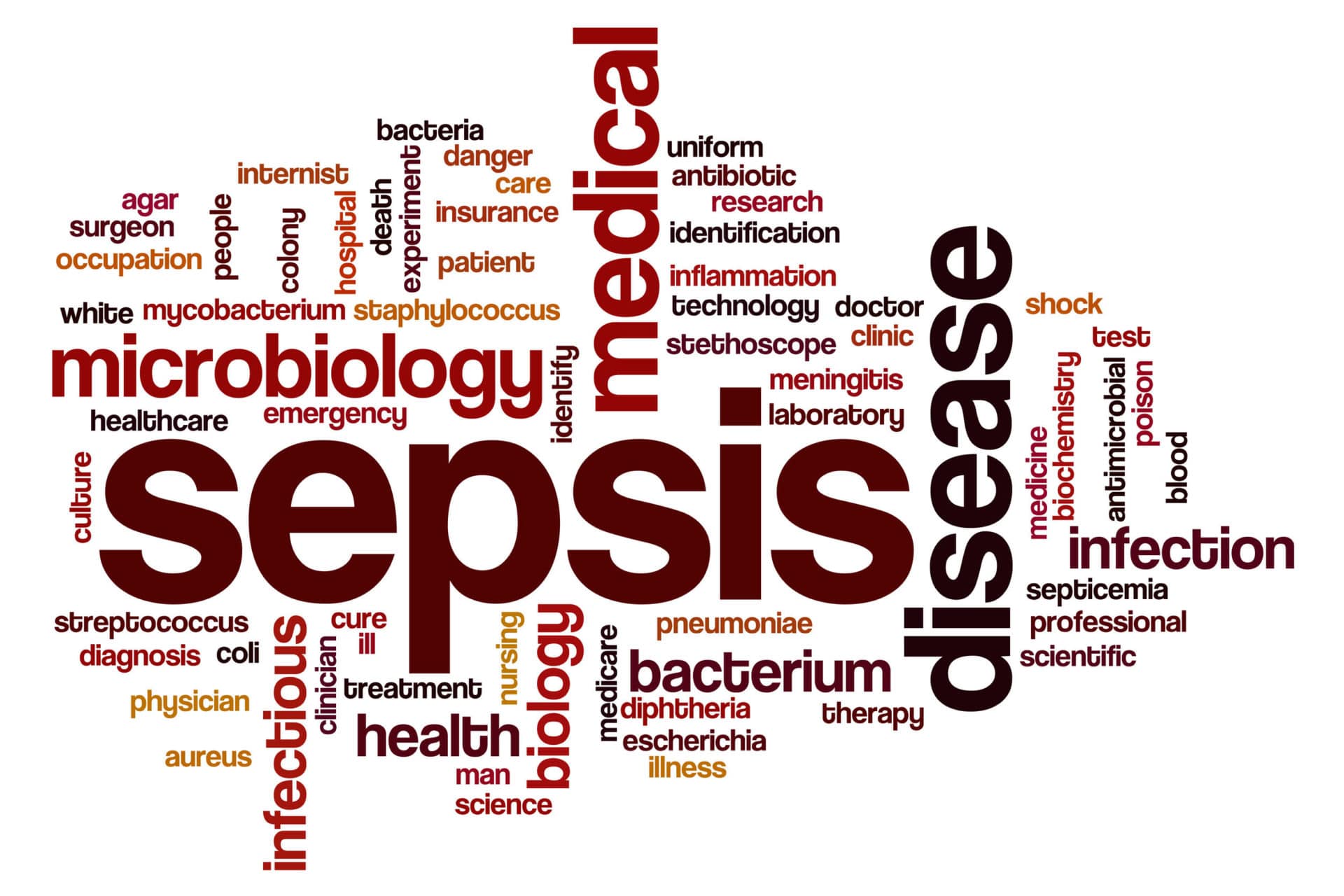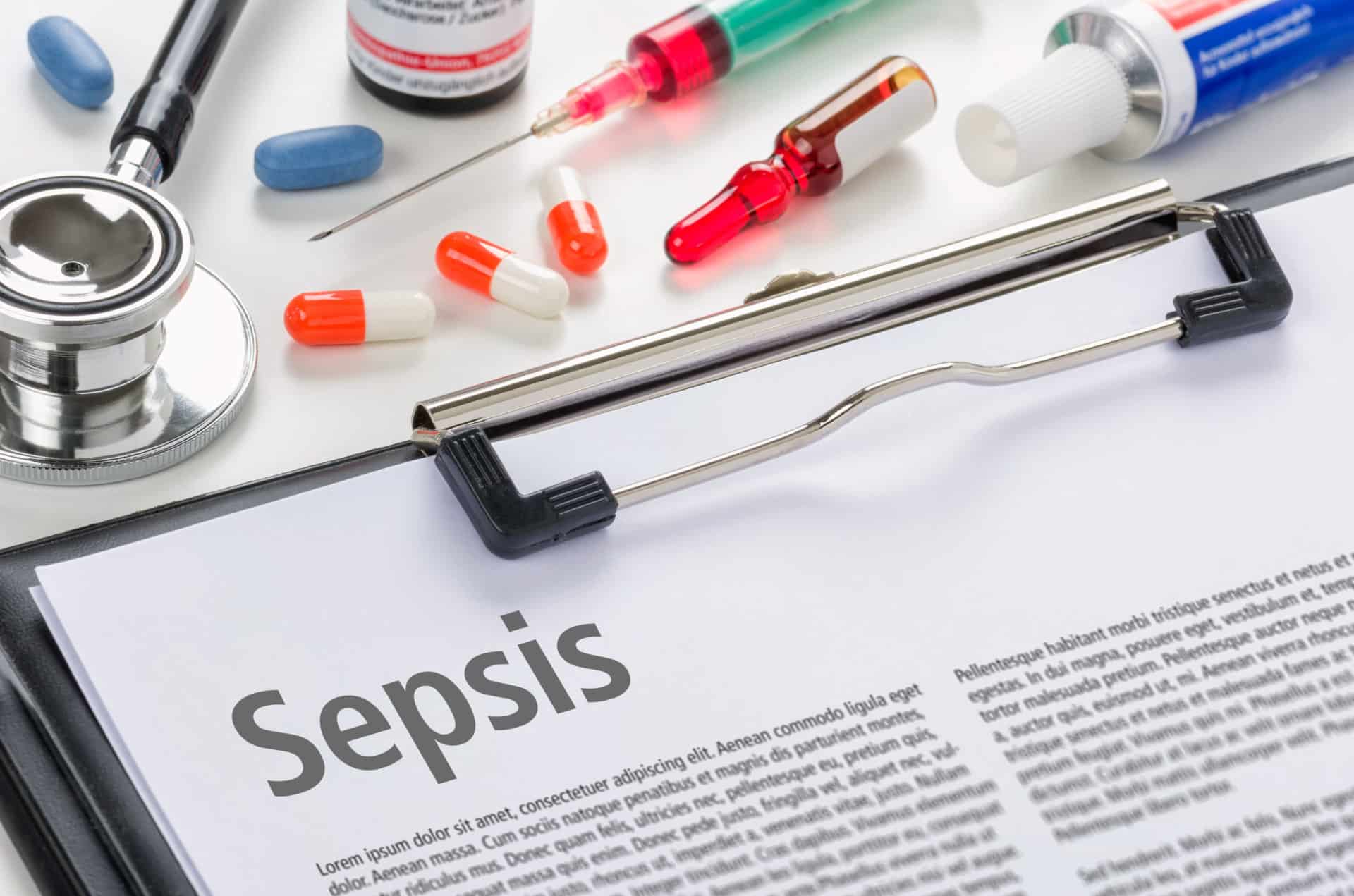
Rory Staunton, a 12-year old boy out of New York City, died from sepsis in 2012 after a cut he got on his arm at school lead to the deadly infection. In 2013, Rory’s Regulations were adopted in the state of New York, requiring all hospitals to follow evidence-based protocols for the early diagnosis of sepsis and its treatment.
Sepsis is diagnosed in over 1.5 million people in the United States each year. Of those cases, over 20 percent of people will die as a result. Studies have shown that the faster sepsis is diagnosed, and antibiotics administered, the rate of death decreases. Since being enacted, Rory’s Regulations have made a huge impact.
Here’s what you need to know about sepsis and what you need to do if you or a loved one are impacted by sepsis and want to file a medical malpractice claim.
What Is Sepsis?
Sepsis is a condition in which the body’s response to an infection goes a bit haywire, damaging organs and tissues. In Rory’s situation, a scrape on his leg turned into a fever and vomiting as his body mounted an overwhelming response to something that seemed innocuous to him and his parents.
The symptoms of sepsis are often subtle and are easily mistaken for other conditions, which is part of the reason so many people die from it each year. Sepsis typically involves a few of these signs and symptoms that come on quickly:
- Fever
- Sweating
- Chills
- Shivering
- Fast heart rate
- Rapid breathing rate
If you suspect you or someone you know has sepsis, get medical care immediately. Do not attempt to diagnose yourself at home. If you experience any of the following symptoms in addition to the ones above, then it’s essential to call an ambulance and get to the hospital:
- Dizziness
- Faintness
- Confusion or change in mental state
- Severe muscle pain
- Nausea
- Diarrhea
- Vomiting
- Slurred speech
- Cold, clammy skin
- Cool, pale skin over the extremities
- Difficulty breathing
- Low urine output
- Loss of consciousness
Who Is at Risk in NY?
Anyone with an infection can develop complications that turn into sepsis. Still, there are people who are at a higher risk of developing sepsis than others. The very old and very young are high risk, but so is anyone with:
- A severe wound
- A weakened immune system
- A chronic illness such as cancer, diabetes, liver disease, AIDS, or kidney disease
Unfortunately, vulnerability to sepsis has become more widespread. This may be due to the fact that more people are undergoing medical treatments that make them more susceptible, such as chemotherapy. Another potential cause is that antibiotic resistance is rising, making microbes that cause illness resistant to drugs that would normally control them.
What Rory’s Regulations Do for New Yorkers

Since January 29, 2013, hospitals in New York State have adopted protocols to help spot sepsis early and treat it due to Rory’s Regulations. These protocols provide for:
- A process that helps them to identify and document appropriate treatment through protocols for severe sepsis
- The screening and early detection of sepsis, severe sepsis, and septic shock
- Guidelines for treatment such as the early implementation of antibiotics
These protocols are required to be submitted to the Department of Health for approval and updated periodically. Hospitals are also required to train all relevant staff on the protocols.
Furthermore, the regulations require hospitals to collect data and make internal qualify improvements based on their own quality measures, reporting that data to the Department of Health to help them monitor compliance and update their best practices.
The New York State Department of Health predicts these measures to save between 5,000 and 8,000 lives per year.
Filing a New York Medical Malpractice Suit
If you feel that you or a loved one suffered because these new sepsis protocols were not followed, then you can pursue a medical malpractice claim. In New York State, you must follow these steps:
Meet with a lawyer
Meet with a lawyer to discuss your situation. They will want to know the medical condition that prompted you to seek medical treatment, the treatment you received that you believe was negligent, and any financial, emotional, or physical harm you experienced.
Make sure to start this process as early as possible. In New York, you have about 30 months to file a medical malpractice claim from the date of the negligent act or the end of continuous treatment.
Investigation
Your lawyer will investigate to determine if your case meets the elements of a medical malpractice claim. They want to find out if there is a reason to believe that a medical professional failed to meet the standard of care or failed to treat you.

File a Complaint
If you and your lawyer decide to move forward, a lawsuit is filed. This spells out the legal and factual allegations of your case.
Do what you can to be on the lookout for sepsis. If you seek treatment and don’t feel you were treated properly in New York, then an attorney should look into your case.









